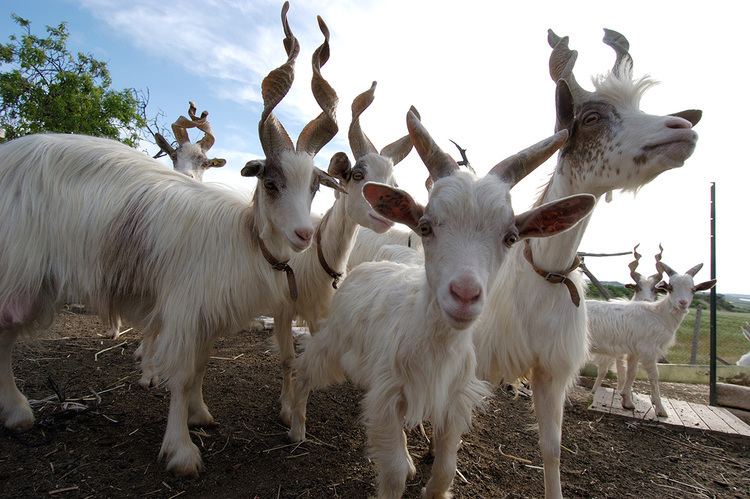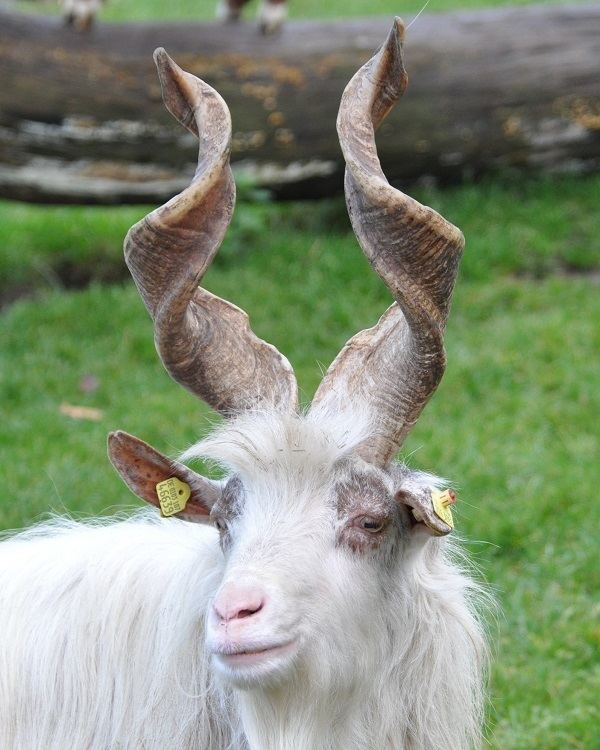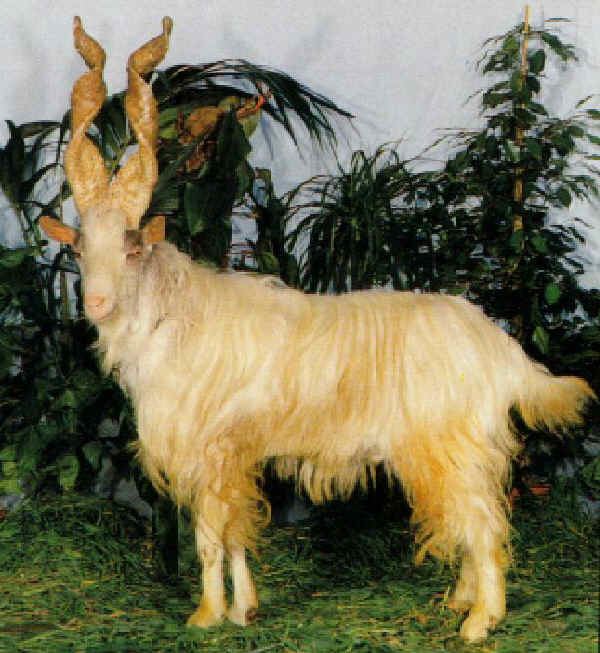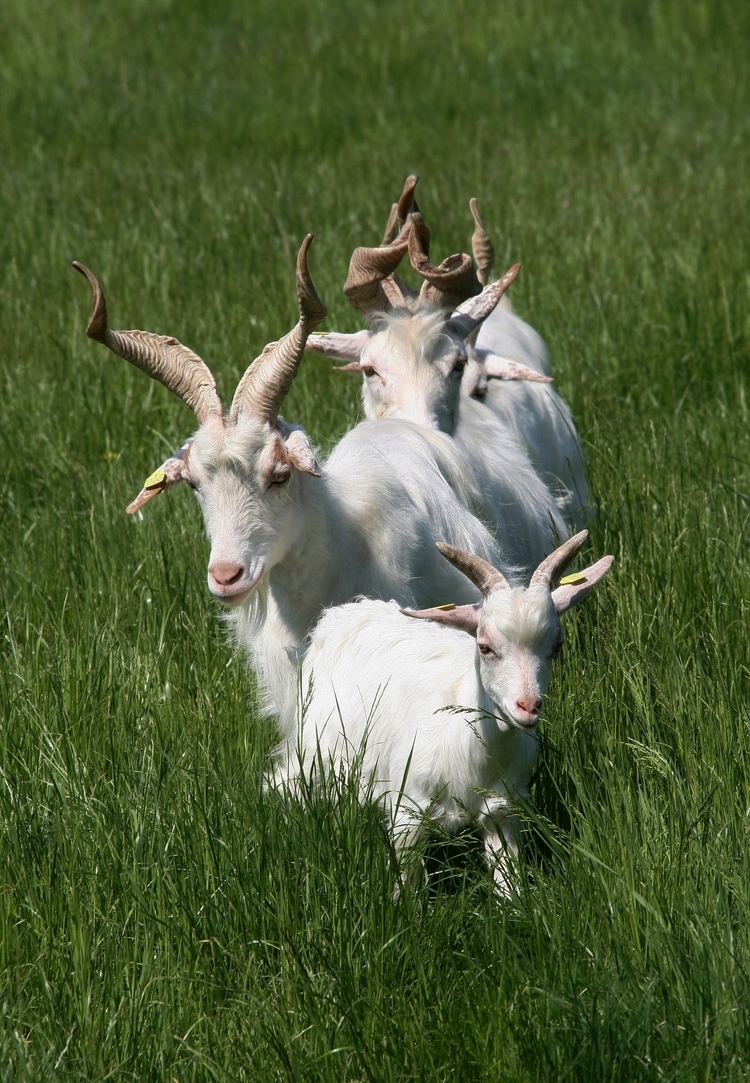Conservation status FAO (2007): endangered Use milk | Country of origin Italy Scientific name Capra aegagrus hircus Rank Breed | |
 | ||
Distribution Sicilymainland Italywestern Europe Weight Male: 65 kgFemale: 46 kg Height Male: 85 cmFemale: 80 cm Similar Tauernsheck, Valais Blackneck, Rossa Mediterranea, Garganica, Chamois Coloured goat | ||
Italian breeds of goats girgentana savelli di norcia manortiz
The Girgentana is a breed of domestic goat indigenous to the province of Agrigento, in the southern part of the Mediterranean island of Sicily. The name of the breed derives from Girgenti, the name of Agrigento in local Sicilian language. There were in the past more than 30,000 head in the hills and coastal zone of the province. Today, however, this breed is in danger of disappearance.
Contents
- Italian breeds of goats girgentana savelli di norcia manortiz
- Capra girgentana
- History
- Characteristics
- References
Capra girgentana
History

The origins of the Girgentana breed are unknown. It has been suggested that they are in central South Asia, specifically Kashmir, northern Afghanistan, and Balochistan. Johann Wolfgang Amschler identified it with Capra prisca and the Ram in a Thicket statues excavated at Ur by Leonard Woolley in 1927–28. The hypothesis of Leopold Adametz that it is descended, at least in part, from the markhor, Capra falconeri, a species of Central Asian goat-antelope, appears to be generally accepted by zoologists. The animals could have been introduced to Sicily by Greek colonists about 700 BC, or in the eighth century AD by Arab invaders.

The Girgentana is one of the eight autochthonous Italian goat breeds for which a genealogical herdbook is kept by the Associazione Nazionale della Pastorizia, the Italian national association of sheep-breeders. It was formerly numerous in the province of Agrigento, where there were more than 30,000 in the coastal area and the hilly hinterland. It has since fallen rapidly, to the point that measures for its protection may be needed. At the end of 1993 the population was estimated at 524. The conservation status of the breed was listed as "endangered" by the FAO in 2007. At the end of 2013 the registered population was 390.
Characteristics
The Girgentana goat has characteristic horns, twisted into a spiral form. It has a long beard and a primarily white coat with grey-brown hair around the head and throat. It has a good production of high-quality milk.



